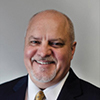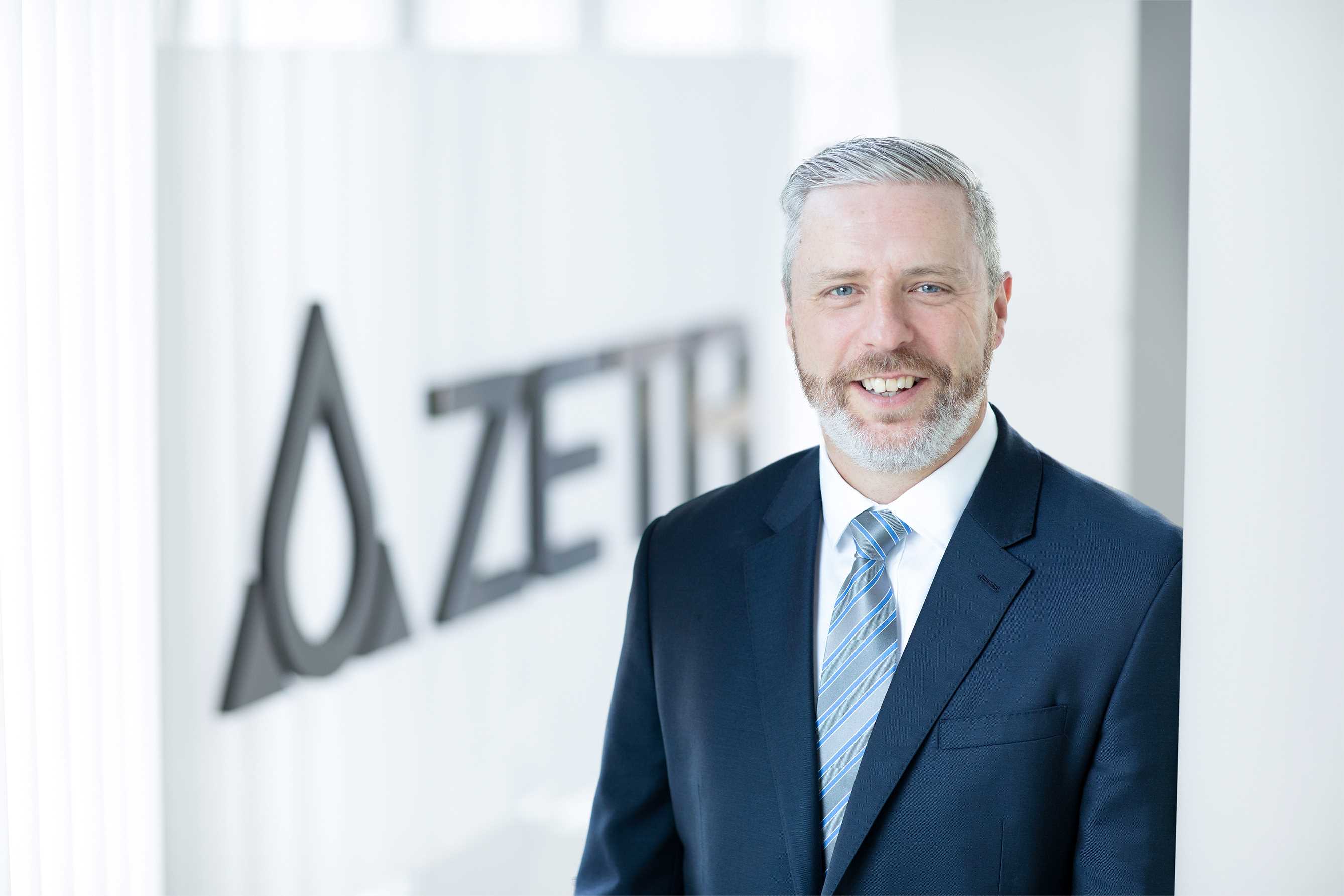Agenda
Our education program offers cutting-edge technical sessions, shedding light on the latest advancements in the pharma industry.
Filters
- Focusing on using single-use technologies in bioprocessing.
- Discuss concerns on sustainability based on plastic waste streams.
- Review the scale of plastic waste produced
- Review a bioprocess modeling package that can estimate the plastic usage for typical monoclonal antibody production at varying scales
- Discuss fluid handling components, filters, and resins.
- Show worldwide monoclonal antibody estimated total annual tons per year for bioprocess-related plastic waste generated by the industry.
- Inform sustainable practices within the biopharmaceutical industry and encourage the development of more sustainable disposable technologies.
Since adopting single-use technologies in biopharmaceutical manufacturing in the 1990s, there has been concern about the generated plastic waste streams. Estimates for plastic waste based on production quantities provide the biopharmaceutical industry with methods to predict waste produced and establish more sustainable disposal methods as single-use technology products expand into the mainstream production of biologics.
Annex 1 requires minimizing human intervention in critical areas such as fill and finish operations. Robot Telemanipulation allows a person to control robot arms from outside the sterile or hazardous environment to do things that are too hard or expensive to automate. On a daily basis, Robot Telemanipulation enables Robotic Surgery and bomb disposal. Robot Telemanipulation enables a world where operators can perform delicate tasks without stepping foot into sterile or hazardous environments. With stereo 3D vision and telemanipulation software, operators gain a lifelike view of the environment and wield precise control over robotic arms, mirroring the precision of surgeons in robotic surgery. But the benefits don't end there. Beyond minimizing human interaction, telemanipulation systems offer additional perks, including data recording and 3D video documentation of interventions. This not only enhances process transparency but also enables comprehensive analysis and optimization. Today, Pfizer is using Robot Telemanipulation to test use cases and pave the way for operational integration. Join us as Pfizer and SRI share insights into the best use cases for this transformative technology.
Technology, including artificial intelligence and augmented reality, is rapidly changing workforce training. At the same time, the development of new tools is not sufficient without assessing the impact of whether these approaches enhance employee efficiency, effectiveness, and enthusiasm. To address current challenges in workforce development, this presentation focuses on ongoing efforts at Worcester Polytechnic Institute to integrate industry needs using artificial intelligence and augmented reality. This presentation will describe how successful partnerships with industry play a crucial role in overcoming challenges and driving skill enhancement. Case studies to be discussed will include the implementation of augmented reality-based programs in training programs, including those supported by the Manufacturing USA Institute (Rapid Advancement in Process Intensification Deployment (RAPID) Institute). In addition, partnerships with life science companies to enhance the utilization of artificial intelligence tools in the life sciences will be presented. Integrated into program development and implementation, the importance of continuous assessment and adaptation to ensure that training programs remain relevant and impactful will be addressed.
The pharmaceutical industry is facing a multitude of external challenges, including cost pressures from healthcare systems, such as the Inflation Reduction Act (IRA), patent cliffs, and changes in the global political landscape, exemplified by the BioSecure Act. Amidst these challenges, Pharma 4.0 is emerging as one of the paths to sustainably bringing innovation to patients. The ISPE's frameworks have supported and encouraged steps towards digitalization and outlined benefits and use cases. However, the pharma industry has been slow to change compared to other sectors. Already in 2021, the FDA was stating that "some industries are now well into Industry 3.0, but in many ways the pharmaceutical industry is still very much transitioning into it." With two-thirds of drug shortages historically still attributed to quality-related issues, the opportunities to continue the digitalization journey are plentiful.
Exploring the root causes, many companies are lost on the journey, either organizationally or technologically, with some unsure of where to start, others pursuing multiple pilot projects, and some finding that the technology journey is just the beginning of the transformation journey. Additionally, the industry faces a tension between decentralized, democratic, and duplicative organizing principles versus centralized, cumbersome kingdoms.
Takeda has been on this journey for many years and has taken the challenges head-on. From the Facility of the Year (FOYA) awards for Singen and Linz awards in 2022 and 2024 to public commitments to sustainability Pharma 4.0, Takeda's approach has enabled the implementation of numerous technologies and new ways of working. As the industry faces an increasingly diverse portfolio and an ever-complex manufacturing landscape, Pharma 4.0 will be a key driver of growth to meet patients’ demands. We would like to explore some of the good practices we learned on our digital transformation journey.
Speaker Qualifications
Speakers selected to present at ISPE events are leading professionals in their fields. However, it may be necessary to make substitutions. Every possible effort will be made to substitute a speaker with comparable qualifications. Every precaution is taken to ensure accuracy. ISPE does not assume responsibility for information distributed or contained in these events, or for any opinion expressed.
Agenda Changes
Agenda is subject to change. Last minute changes due to functional, private, or organizational needs may be necessary. The event organizer accepts no liability for any additional costs caused by a change of the agenda.















